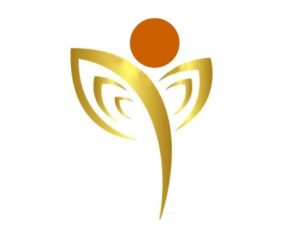CITA & DITA
CITA – Component Information Technical Architecture
While “CITA” isn’t a widely standardized acronym like DITA, in some contexts (especially internal enterprise documentation systems), CITA refers to:
Component-based content management
Information architecture strategies
Reusable technical documentation components
It’s often used as a conceptual or custom framework adopted by companies to organize and modularize technical content, much like DITA but usually tailored to a specific organization’s tools and needs.
Key Points:
Often custom or proprietary to an organization
Focused on modular, reusable content components
May integrate with various CMS or XML-based systems
Emphasizes consistency, reuse, and structured content delivery
🖥 CITA (Certificate in Information Technology Application) – Basic Level
Duration: 3 to 6 months
Target: Beginners, job seekers, students
🔹 Core Modules:
Fundamentals of Computers
Introduction to Computers & History
Types of Computers and Components
Input/Output Devices
Operating Systems Basics
Operating Systems
Windows OS: Desktop, File Management
Introduction to Linux (optional)
Word Processing
MS Word / LibreOffice Writer
Creating, Editing, Formatting Documents
Tables, Mail Merge
Spreadsheet
MS Excel / LibreOffice Calc
Formulas and Functions
Charts, Sorting & Filtering
Presentation Tools
MS PowerPoint / LibreOffice Impress
Creating Slides, Animations, Transitions
Internet & Email
Using Browsers (Chrome, Firefox)
Email: Gmail, Outlook
Online Forms, Downloads, Safety Tips
Digital Services
Online Payments, Aadhaar, PAN, e-Governance Services
DITA – Darwin Information Typing Architecture
DITA is an open standard XML-based architecture developed by IBM and maintained by OASIS. It’s widely used for:
Technical documentation
Structured authoring
Content reuse across multiple outputs (PDF, HTML, help systems, etc.)
Core Concepts:
Topics: Small, standalone pieces of content (e.g., concept, task, reference)
Maps: Collections of topics organized into a hierarchy
Specialization: Allows creation of custom content types while maintaining compatibility
Reuse: Content can be reused through conrefs, keys, and conditional processing
Benefits:
High consistency and quality in documentation
Easier localization and translation
Efficient multi-channel publishing
💻 DITA (Diploma in Information Technology Application) – Advanced Level
Duration: 6 months to 1 year
Target: Students wanting deeper IT skills, professionals🔹 Advanced Modules:
All CITA Modules (Revised + In-depth)
Computer Hardware Basics
CPU, RAM, Motherboard, Hard Disk
Assembling & Troubleshooting
Operating Systems (Advanced)
Installation of OS
Disk Management, Drivers
Advanced Excel
Data Analysis Tools (PivotTables, VLOOKUP)
Conditional Formatting, Macros (Basics)
Database Management
MS Access / MySQL / SQLite
Creating Tables, Queries, Reports
Basic Programming Concepts
Introduction to C / Python
Variables, Loops, Functions (Basics)
Web Technology Basics
HTML, CSS (Basic Structure of Webpages)
Internet Fundamentals
Cyber Security Awareness
Virus, Malware, Phishing
Safe Browsing Practices
Project Work
Mini project using Office Tools or Web Tech
CITA vs DITA
| Feature | CITA | DITA |
|---|---|---|
| Standardization | Typically internal/custom | Open standard maintained by OASIS |
| XML-based | Not always | Yes |
| Reuse support | Yes (varies by implementation) | Yes (conrefs, keys, conditions, etc.) |
| Flexibility | High (customizable per org) | High via specialization |
| Tool ecosystem | Limited / proprietary | Robust and wide (Oxygen XML, DITA-OT, etc.) |
